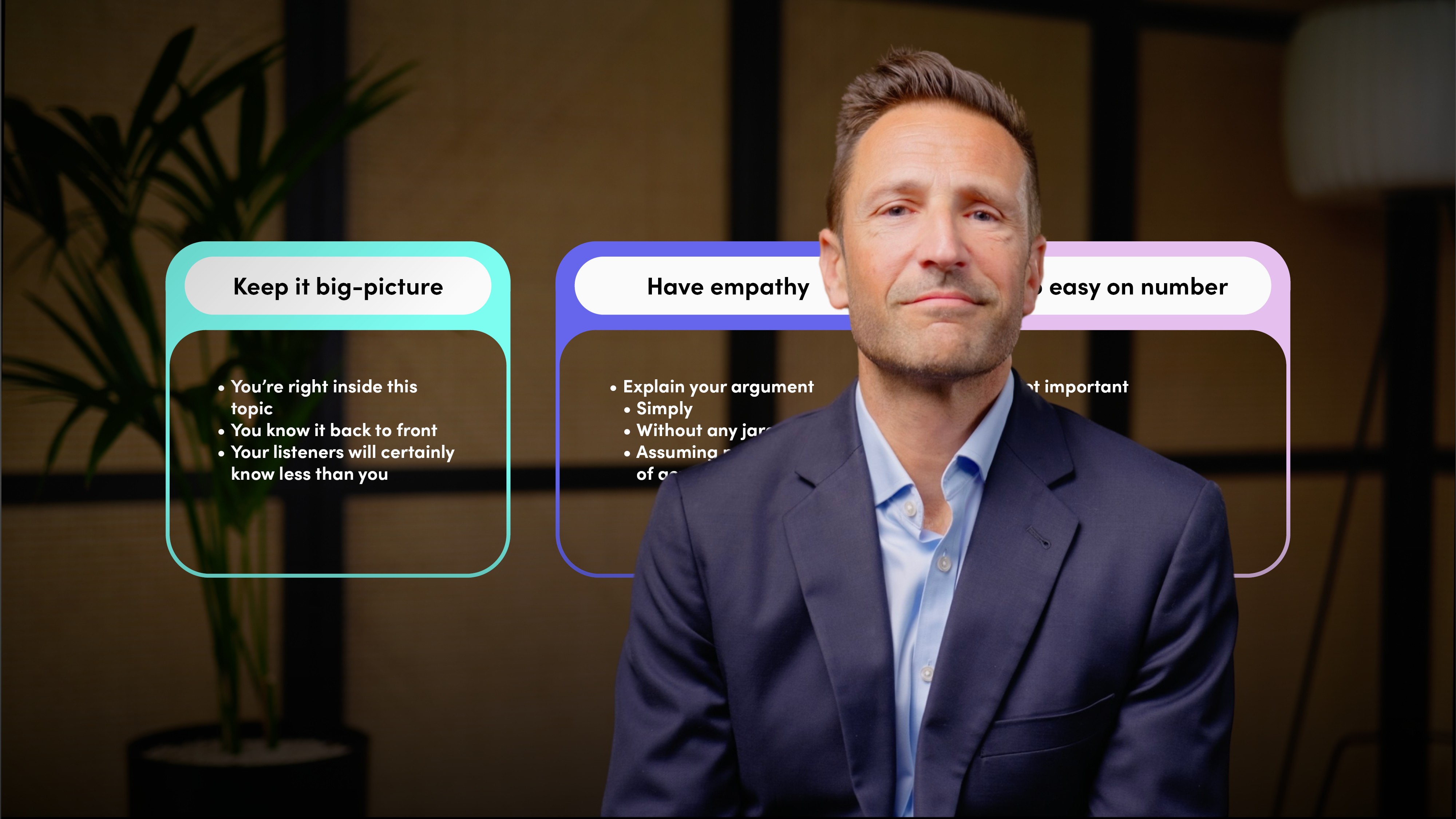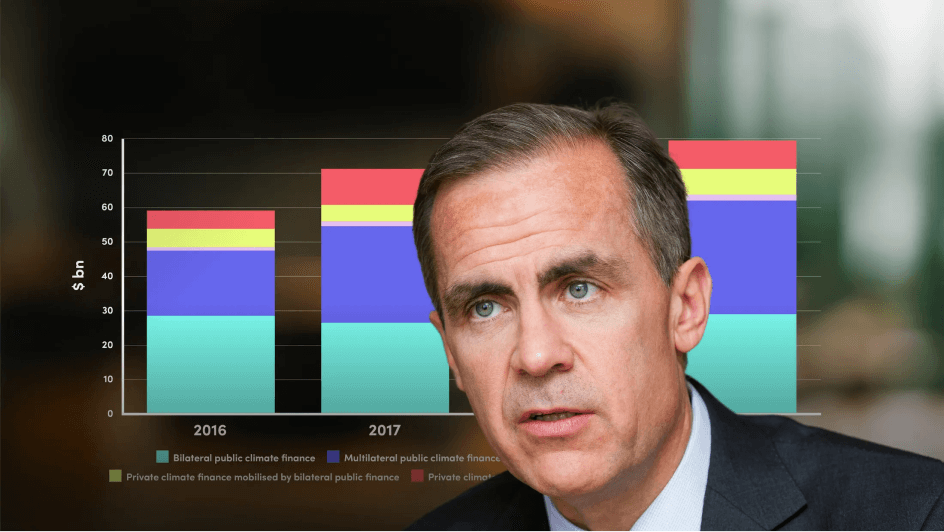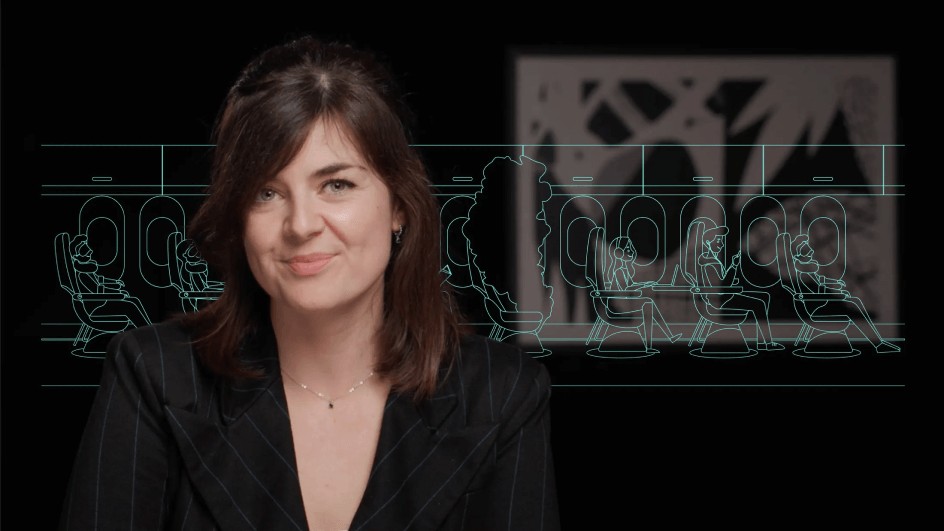
Presenting with Confidence

Ben McLannahan
In this video, Ben explains how to deliver clear and confident presentations. He covers essential preparation steps, strategies for structuring and rehearsing solo presentations, and practical tips for engaging your audience while reinforcing your key message.
In this video, Ben explains how to deliver clear and confident presentations. He covers essential preparation steps, strategies for structuring and rehearsing solo presentations, and practical tips for engaging your audience while reinforcing your key message.
Subscribe to watch
Access this and all of the content on our platform by signing up for a 7-day free trial.

Presenting with Confidence
7 mins 46 secs
Key learning objectives:
Understand the importance of preparation for clear and confident presentations
Outline strategies for structuring and rehearsing solo presentations
Identify techniques for engaging delivery and reinforcing the key message
Overview:
Subscribe to watch
Access this and all of the content on our platform by signing up for a 7-day free trial.
Subscribe to watch
Access this and all of the content on our platform by signing up for a 7-day free trial.
There are no available Videos from "Ben McLannahan"






























